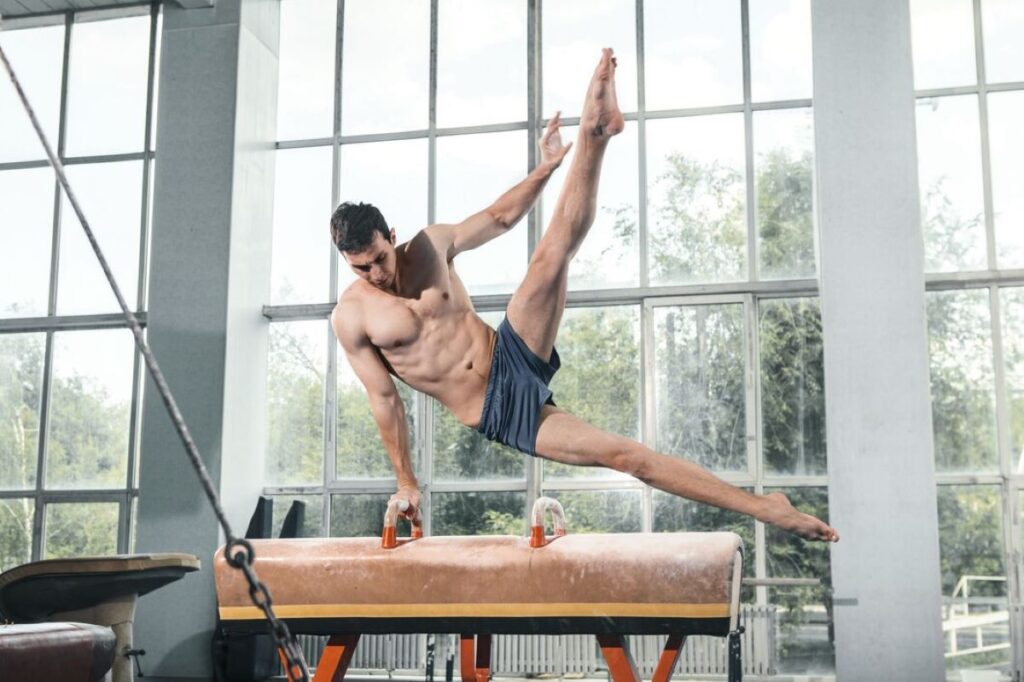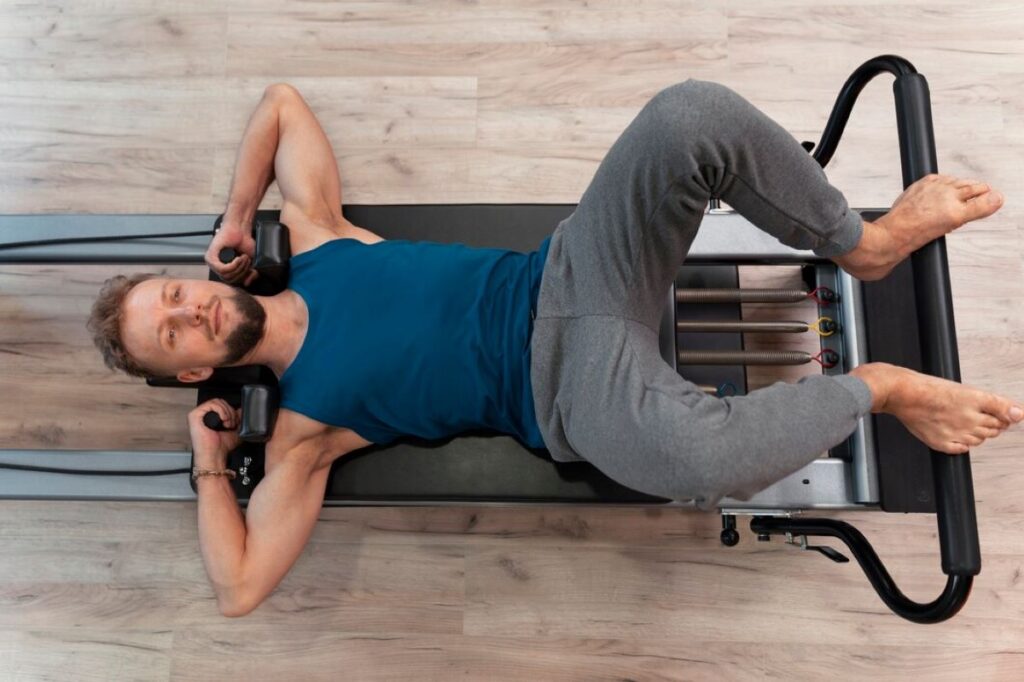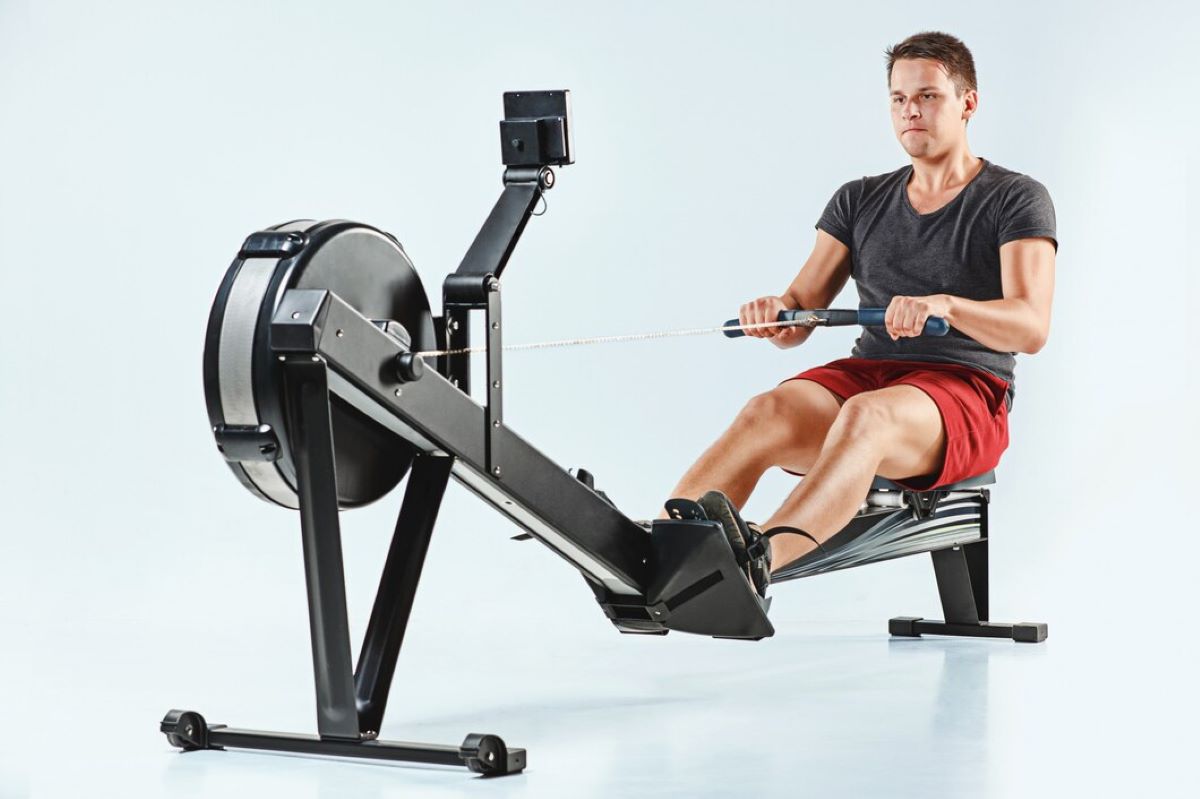Pilates has gained immense popularity over the years, with practitioners recognising its benefits for strength, flexibility, and overall well-being. One of the key pieces of equipment that can enhance a Pilates practice is the reformer box. This versatile tool not only adds variety to workouts but also helps deepen the connection between mind and body. This article explores how to effectively use a reformer box to elevate your Pilates experience.
Understanding the Reformer Box
The reformer box is an accessory designed to be used with the Pilates reformer machine. It typically sits on the reformer’s carriage and provides an elevated surface for various exercises. The box can be used for a multitude of movements, allowing for greater range of motion and deeper engagement of the core muscles.
Components of the Reformer Box
Before diving into exercises, it is essential to understand the components of the reformer box. The box is generally made of wood or a sturdy composite material and features a padded top for comfort. It can be adjusted in height, allowing for different levels of difficulty depending on the practitioner’s skill level.
Additionally, the reformer box can be used in conjunction with straps and springs attached to the reformer, providing resistance and support during exercises. This combination allows for a comprehensive workout targeting various muscle groups. The versatility of the reformer box means it can be employed in both traditional Pilates exercises and more innovative routines, making it a valuable addition to any Pilates studio or home gym.
Benefits of Using a Reformer Box
Incorporating a reformer box into your Pilates routine offers numerous benefits. Firstly, it enhances stability and balance, enabling practitioners to perform exercises with greater control. This is particularly beneficial for those looking to improve their core strength.
Moreover, the box allows for a wider range of motion, facilitating deeper stretches and muscle engagement. It can also be used to modify exercises, making them more accessible for beginners or those recovering from injuries. Overall, the reformer box serves as an excellent tool for both novice and experienced Pilates practitioners. The ability to adjust the height and position of the box means that it can cater to a wide array of body types and fitness levels, ensuring that everyone can find a suitable challenge. Furthermore, the incorporation of the box into workouts can lead to enhanced proprioception, as users learn to navigate their body in space more effectively, ultimately improving their overall coordination and agility.
Essential Exercises with the Reformer Box
There are several key exercises that can be performed using the reformer box. Each of these movements targets different muscle groups and can help deepen your practice.
The Footwork Series
The footwork series is a foundational exercise that can be performed with the reformer box. To begin, position the box at the foot of the reformer. Lie on your back with your feet on the box, ensuring that your heels are aligned with the edge.
Start with basic footwork, pushing the box away from you using your feet while engaging your core. This exercise not only strengthens the legs but also focuses on proper alignment and control. Variations can include using different foot positions, such as toes or arches, to target various muscles. Additionally, as you progress, you may incorporate resistance springs to increase the challenge, allowing for a more intense workout that can enhance muscle endurance and stability. The footwork series serves as an excellent warm-up, preparing your body for more complex movements by activating the lower body and establishing a strong connection with the reformer.
The Short Box Series
The short box series is another essential set of exercises that can be performed with the reformer box. This series typically includes movements such as the round back, flat back, and side-to-side. Each of these exercises engages the core while promoting spinal flexibility.
To execute the round back, sit on the box with your feet secured under the straps. Tuck your pelvis and round your spine, rolling back slightly while maintaining control. This movement encourages deep abdominal engagement and helps improve posture. Furthermore, the flat back variation allows you to focus on maintaining a neutral spine while leaning back, which enhances your ability to stabilise your core. The side-to-side movement introduces lateral flexion, engaging the obliques and improving your overall balance. By incorporating these variations, practitioners can develop a well-rounded core strength that translates to better performance in daily activities and other physical pursuits.
The Long Box Series
The long box series is designed for more advanced practitioners. It includes exercises such as the swan and the pull-up, which require greater strength and stability. For the swan, lie face down on the long box with your hands on the footbar. Engage your core and lift your upper body, creating an arch in your back.
This exercise not only strengthens the back muscles but also enhances flexibility in the spine. The pull-up, on the other hand, focuses on upper body strength and control. By incorporating these advanced movements, practitioners can significantly deepen their Pilates practice. Moreover, the long box series encourages the development of coordination and body awareness, as the practitioner learns to control their movements through various planes of motion. As you master these exercises, you may find yourself better equipped to tackle other challenging Pilates routines, as well as improving your overall athletic performance and reducing the risk of injury in other activities.

Integrating the Reformer Box into Your Routine
To maximise the benefits of the reformer box, it is essential to integrate it effectively into your Pilates routine. This involves a thoughtful approach to selecting exercises and structuring your sessions.
Creating a Balanced Workout
A well-rounded Pilates session should include a mix of exercises that target different muscle groups. When using the reformer box, aim to incorporate both strength and flexibility movements. For instance, pairing the footwork series with the short box series can create a balanced workout that engages the core, legs, and back.
Additionally, consider the flow of your session. Transitioning smoothly between exercises helps maintain momentum and keeps the body engaged. Practitioners should focus on their breath and alignment throughout the workout, ensuring that each movement is intentional and controlled.
Listening to Your Body
As with any form of exercise, it is crucial to listen to your body when using the reformer box. Pay attention to how your muscles feel during each movement and adjust accordingly. If an exercise feels too challenging, consider modifying it to suit your current level of fitness.
Conversely, if a movement feels too easy, challenge yourself by increasing the resistance or trying a more advanced variation. This adaptability is key to progressing in your Pilates practice and ensuring a safe and effective workout. Visit https://www.betterhealth.vic.gov.au/pilates-health-benefits to get about some health benefits of Pilates.
Common Mistakes to Avoid
While the reformer box is a valuable tool for enhancing Pilates practice, there are common mistakes that practitioners should be aware of to avoid injury and maximise effectiveness.
Poor Alignment
One of the most common mistakes is poor alignment during exercises. It is essential to maintain proper posture and alignment to prevent strain on the joints and muscles. Practitioners should focus on keeping their spine neutral and engaging their core throughout each movement.
Using mirrors or working with a qualified instructor can help ensure that alignment is correct. Regularly checking in with your body’s positioning can prevent bad habits from forming and promote a more effective workout.
Rushing Through Exercises
Another mistake is rushing through exercises. Pilates is about control and precision, and performing movements too quickly can lead to injury and reduce the effectiveness of the workout. Practitioners should take their time, focusing on the quality of each movement rather than the quantity.
Slow, deliberate movements allow for greater muscle engagement and encourage a deeper connection between mind and body. This mindful approach is what makes Pilates a unique and beneficial practice.

Conclusion
Incorporating a reformer box into your Pilates practice can significantly enhance your workouts, offering new challenges and opportunities for growth. By understanding the components of the reformer box, mastering essential exercises, and integrating it thoughtfully into your routine, practitioners can deepen their connection to Pilates.
As with any exercise regimen, it is vital to listen to your body and seek guidance when needed. With dedication and mindful practice, the reformer box can become an invaluable tool on the journey to improved strength, flexibility, and overall well-being.
Embrace the versatility of the reformer box and explore the myriad of possibilities it offers. Whether you are a beginner or an experienced practitioner, this equipment can help elevate your Pilates journey to new heights.
Related : Pilates Magic Circle Ring: Compact Power for Your Core

